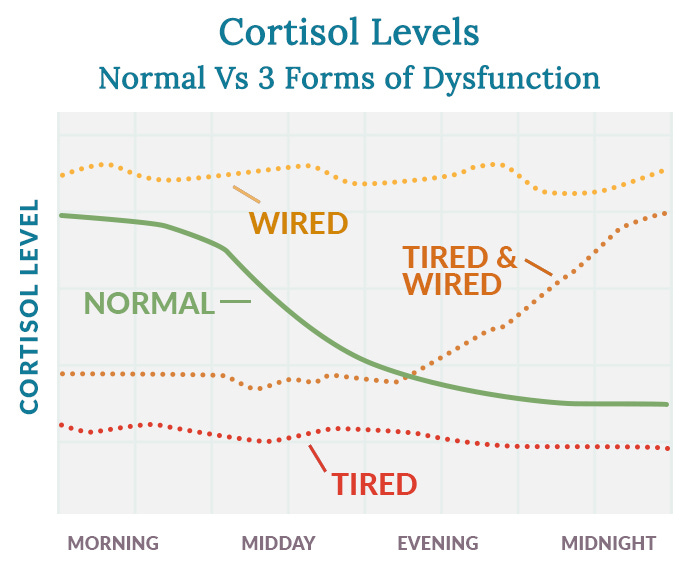Subscriber Recap – Day 1, Midday Report from Cannes
As we break for lunch here in Cannes, I want to share a midday recap of this morning’s next two sessions — both packed with insight, nuance, and clinical edge. This is where longevity medicine gets tactical.
Dr. Craig Koniver: Resilience, Hormones, and Peptides in Practice
Dr. Craig Koniver of South Carolina opened the session with a practical, patient-forward approach to peptide therapy. His message was simple: use what works — and sometimes that means using multiple peptides at once.
Before you read any further, would your friends, family and patients out? Would you be so kind to share this with them? They will thank you. And I will too! You can do it with just a simple click! Right below.
At Concierge Medical, we routinely guide the use of peptides as part of comprehensive programs, but Dr. Koniver emphasized the flexibility of combining 2, 3, even 5 peptides simultaneously, especially for resilience and recovery.
He walked through key distinctions:
Ipamorelin vs. Sermorelin: Dr. Koniver favors ipamorelin for its specificity and clean profile. I still find sermorelin useful for broader pituitary engagement. As he said, different strokes for different folks — and I agree.
PDA: A peptide many are now using in place of BPC-157, given the FDA’s limitations on compounded BPC. Despite the acronym, it’s no public display of affection — it’s a new tool in the inflammation and tissue support toolbox.
SS-31 and MOTs-C: Mitochondrial peptides continue to gain attention. SS-31 remains one of the most exciting therapeutic targets in mitochondrial medicine.
Did you just forget to subscribe? I’m hopeful you will take the time to subscribe and learn everything I can teach you. It’s super easy.
What I appreciated was his emphasis on cortisol regulation. Too often villainized, cortisol is essential — when used correctly. His “readiness and resilience” framework made a strong case: morning cortisol peaks are normal and necessary; evening cortisol must fall to allow repair.
His broader philosophy? Get people feeling better fast. That’s not the same as skipping foundational work — it’s a patient-centric model that prioritizes momentum in healing.
At my practice, I prefer to build the scaffold first: correct deficiencies, balance energy, rewire circadian inputs. Different routes, same goal. Are you read to see where the real power in GLP-1 medications are? Keep reading!
Listen to this episode with a 7-day free trial
Subscribe to Longevity Insider with Dr. Murphy to listen to this post and get 7 days of free access to the full post archives.













